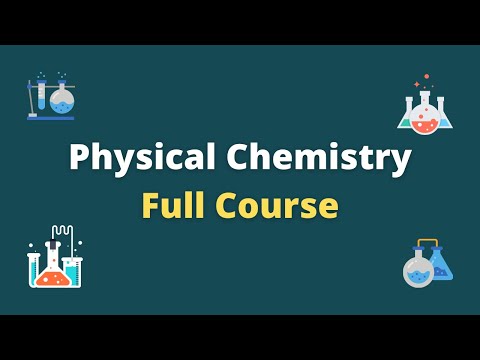Description:
Dive into a comprehensive 12-hour course on physical chemistry, exploring the intersection of physics and chemistry principles. Learn about macroscopic and particulate phenomena in chemical systems, covering topics such as thermodynamics, quantum chemistry, statistical mechanics, and chemical equilibrium. Explore gas laws, internal energy, enthalpy, heat engines, entropy, free energies, phase diagrams, chemical potential, solution properties, equilibrium constants, reaction kinetics, and more. Benefit from in-depth explanations, examples, and applications presented by Dr. Michael Groves from California State University's Department of Chemistry and Biochemistry. Gain a solid foundation in physical chemistry concepts and their practical applications through this extensive and well-structured course.

Physical Chemistry
Add to list
#Science
#Chemistry
#Physical Chemistry
#Physics
#Thermodynamics
#Computer Science
#Information Theory
#Entropy
#Free Energies
#Materials Science
#Phase Diagrams
#Statistical Mechanics
#Gas Laws
#Quantum Mechanics
#Quantum Chemistry